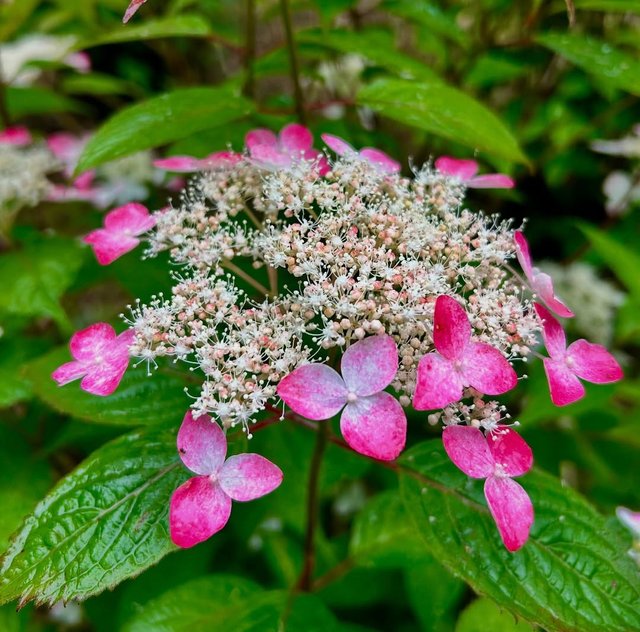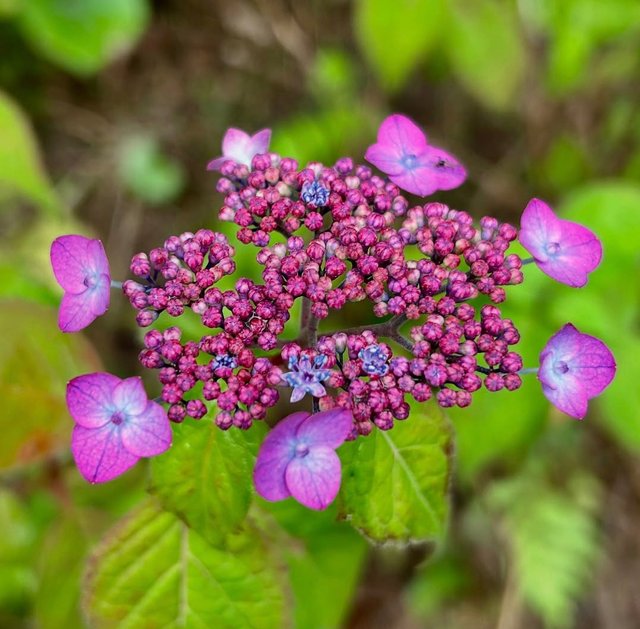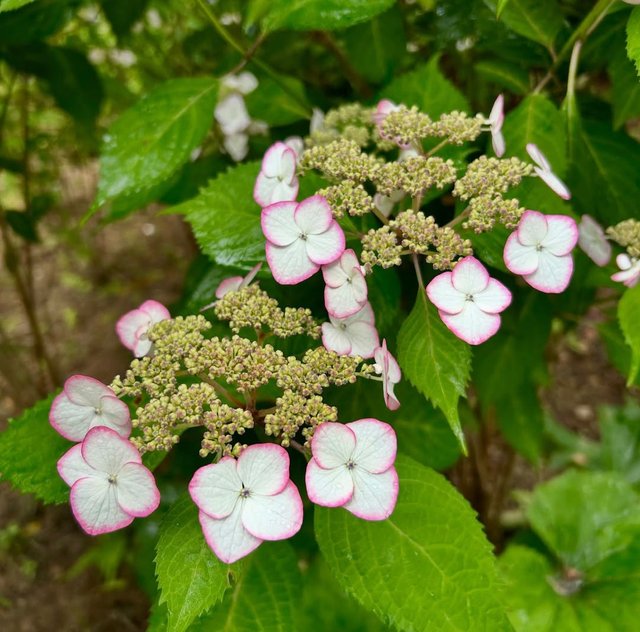🌸 Tea of Heaven Flower
In the quiet corners of tropical gardens, along riversides, or beside ancient temples, there grows a fragrant, graceful shrub whose soft purple blooms and healing leaves have earned it the poetic name: Tea of Heaven. Known scientifically as Vitex negundo, this plant has been revered for centuries across Asia, Africa, and parts of Europe, not only for its ethereal beauty but for its deep spiritual and medicinal significance.Though it may appear modest at first glance, this plant offers an extraordinary story—one that bridges botany, wellness, and traditional wisdom.
Vitex negundo is a multi-branched shrub or small tree that typically grows between 3 to 15 feet tall, depending on the environment. It is easily recognized by its aromatic leaves, which are usually divided into five lance-shaped leaflets—hence the “five-leaved” descriptor.The flowers, which give this plant its heavenly name, are small, tubular, and arranged in dense, spiked clusters. They range in color from lavender and pale violet to soft blue, and they attract a wide range of pollinators, including bees and butterflies. The flowering period typically runs from late spring through fall, depending on climate.
The phrase “Tea of Heaven” is a romanticized nickname that alludes to the herbal teas made from the leaves and flowers of Vitex negundo. These infusions have been used for centuries in traditional medicine to purify the body, calm the mind, and restore energy, leading many to associate the plant with a kind of divine serenity.In cultures like Ayurveda, Traditional Chinese Medicine (TCM), and Southeast Asian folk healing, Vitex negundo is considered a sacred herb—capable of both protecting the body and blessing the spirit.



